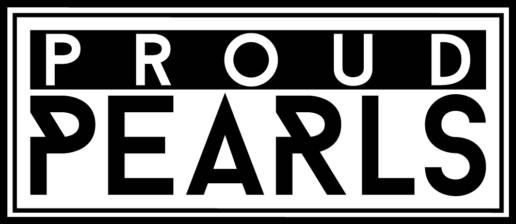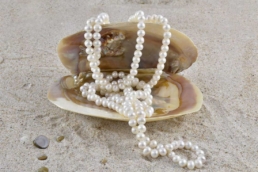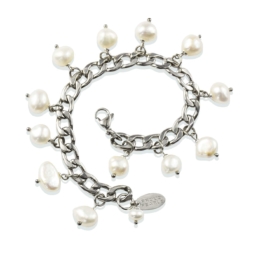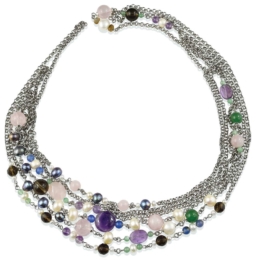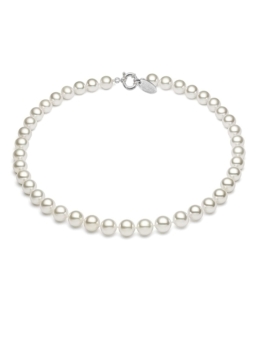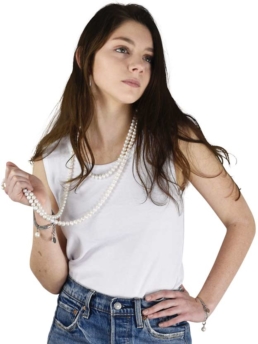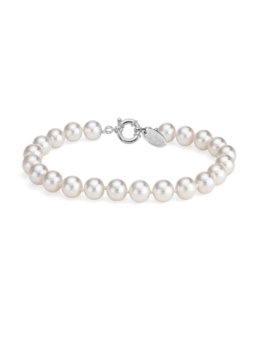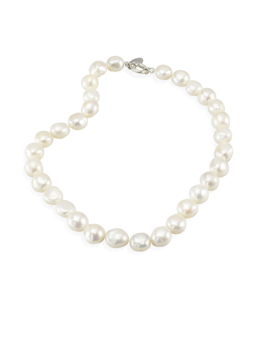Pearls and the different types
Natural and Cultured
Pearls can be divided into two groups. Natural pearls and cultured pearls. Often people are mistaken and think that cultured pearls are not “real” pearls. The difference between natural and cultured pearls is that natural pearls, as the name implies, are found in nature. Cultured pearls are cultivated in large waters in mussels and in oysters by pearl farmers.
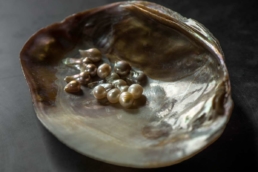
Cultivated freshwater pearls in a mussel
Ecologically sound
The advantage of cultured pearls is that the people influence the environment in which the shells live. This allows the pearls to be of higher quality and to be more beautiful. In nature, it is difficult to find a high-quality pearl. When these are found, they are extremely expensive (think of sheiks and royal houses). Another reason that more cultured pearls are sold is that the extraction of natural pearls is not ecologically sound. Growing pearls can be ecologically sound, you can read more about this and about the growth of pearls in our blog “The Pearl farm”.
Another distinction is between saltwater pearls and freshwater pearls. Both can be found in nature and on farms. A fun fact, saltwater pearls are created in oysters and freshwater pearls in mussels.
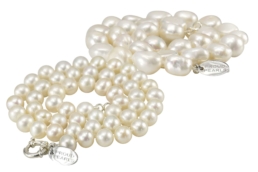
Most pearls that are currently for sale in the world are grown at special pearl nurseries, these pearls are called cultured pearls. There are four main types of pearls that have been farmed. These are Akoya pearls, Tahiti pearls, South Sea pearls and freshwater pearls. The first three are sea pearls, the pearls in our collections are freshwater pearls.
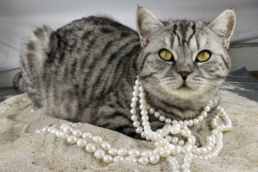
Beertje, our studio cat, with a necklace made of round and baroque pearls.
Difference in shape
We are often asked what types of pearls are used in our collections and how you can recognise them. Everyone knows the round pearl as seen in a classic pearl necklace, think of Queen Elizabeth’s necklace and the pearls you probably saw your grandmother wearing on special occasions. The pearls in our collections include round pearls, baroque pearls and potato pearls, from small 2/3mm to large 12/14mm.
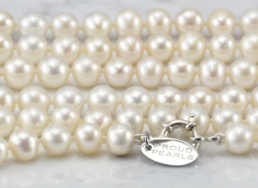
Ronde AAA-kwaliteit parels, herkenbaar aan de mooie ronde vorm en mooie glans.
Round pearls
Within the round pearls,k there is a huge difference in value, this is determined by the size, how perfectly round the pearl is and what kind of shine it has. Round pearls that are almost perfectly round and have the most beautiful shine are indicated by AAA quality. Round pearls are much rarer than all other shaped pearls, we have both very small AAA pearls (4-5mm) in our collection as well as very large round pearls (10-12mm).
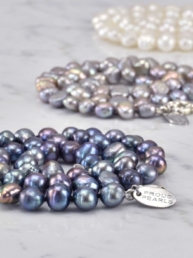

Small and large baroque pearls, capricious and unpredictable in shape.
Baroque pearls
Baroque pearls are pearls of irregular shape. This irregular shape varies from small deviations to large, irregular, natural shapes. This pearl is often incorrectly referred to as a “wild” pearl, although the shape may appear “wild”, these pearls are also cultured. We love this surprising pearl and you will see it in our designs from very small (4 / 5mm) to very large (12 / 14mm).
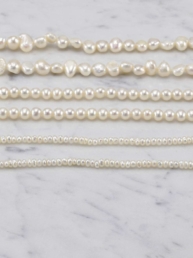
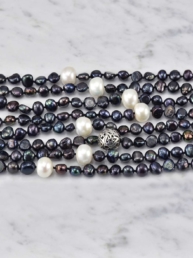
On the left photo from top to bottom: baroque, round and potato pearls. On the right photo a combination of black baroque pearls with large round potato pearls.
Rice and Potato pearls
Rice pearls are elongated pearls and look a bit like a grain of rice, hence its name. The potato pearl has a round to oval shape and looks a bit like a potato. Both pearls come in different sizes and are used by us in both a small size and a very large size.
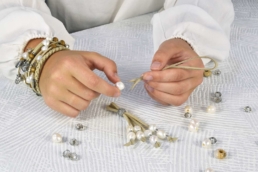
In the workshops we give, we work with beautiful baroque pearls, just like in our DIY packages.
Other pearls
In addition to the pearls mentioned above, there are many more pearls such as the nugget pearl (flat at the bottom and convex on the other side), coin pearls (shape of a coin), the Keshi pearl (poppy seed pearls) and many more. Perhaps in the near future we will dedicate a new blog to the many names of pearls.
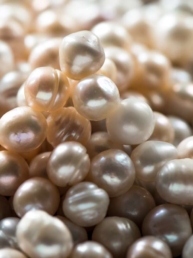
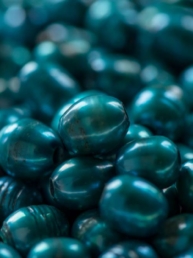
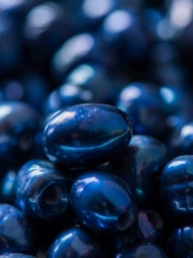
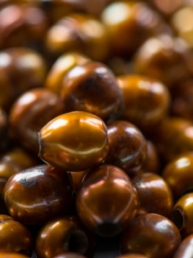
In the first photo, an example of the natural colour of freshwater pearls, in the other photos examples of coloured pearls.
Coloured pearls
The natural colour of freshwater pearls is white, salmon, light pink and other light pastels. In addition, it is possible to obtain pearls in all possible colours. The colouring of freshwater pearls is done in two ways:
1- The first way is dyeing, pearls are treated with silver nitrate which is so strong that it penetrates into the pearlescent layers. Sometimes different dyes are used. Dyed pearls often have a higher concentration of colour around the borehole.
2- The second way of colouring pearls is by using y-rays or gamma rays. This is an invisible electromagnetic radiation. The result is a darkening of the outer layer of the pearl and a black-blue metallic sheen.
Coloured pearls retain their value and are therefore worth no less because of the treatment they have undergone.


